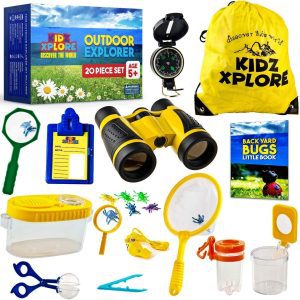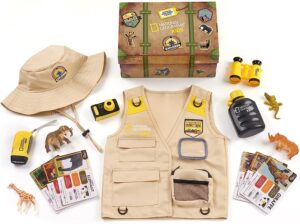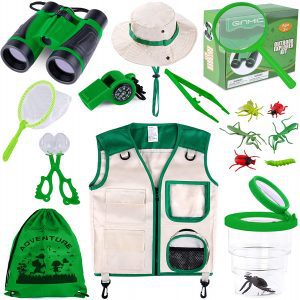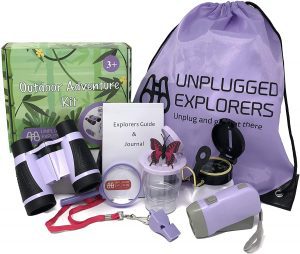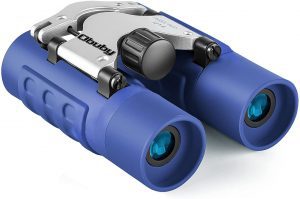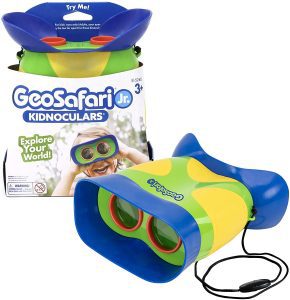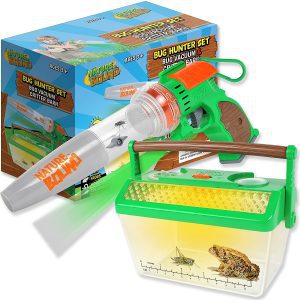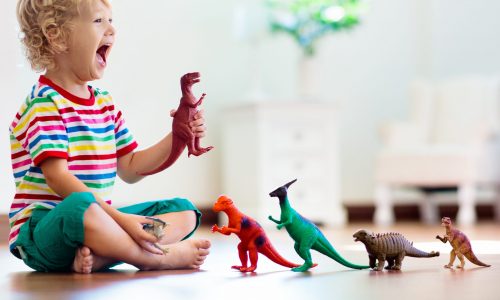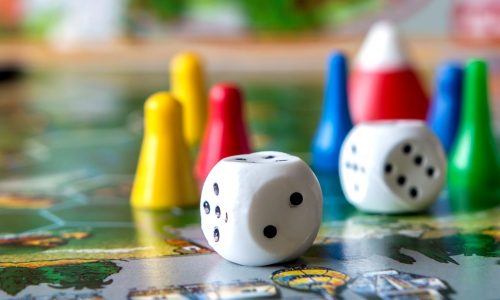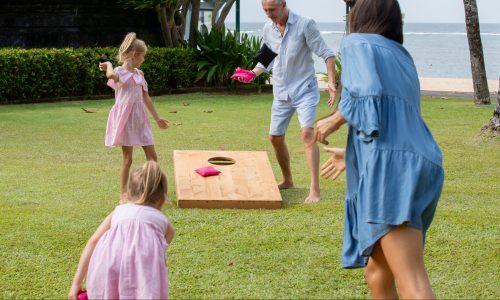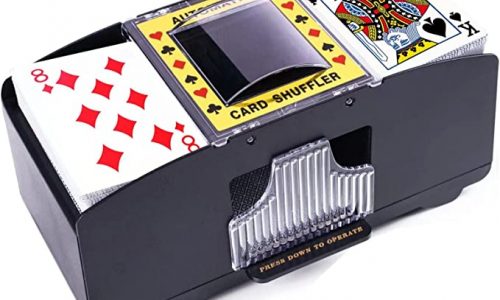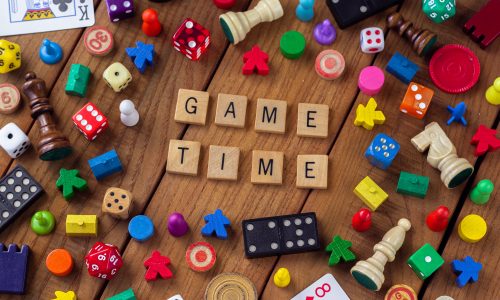The Best Nature Exploration Toys
We looked at the top 7 Nature Exploration Toys and dug through the reviews from 16 of the most popular review sites including and more. The result is a ranking of the best Nature Exploration Toys.
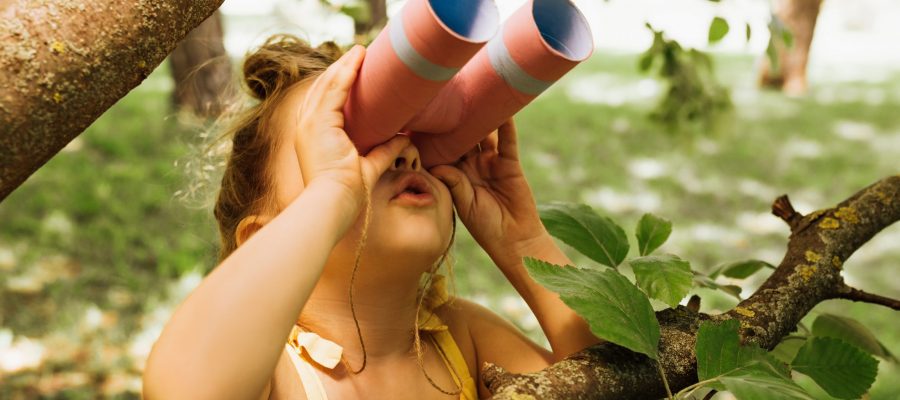
Our Review Process
Don't Waste Your Money is focused on helping you make the best purchasing decision. Our team of experts spends hundreds of hours analyzing, testing, and researching products so you don't have to. Learn more.
Our Picks For The Top Nature Exploration Toys
- 1. Kidz Xplore Bug Catcher Nature Exploration Toys, 20-Piece
- 2. NATIONAL GEOGRAPHIC Safari Outfit
- 3. GINMIC Magnifying Glass & Assorted Nature Exploration Toys, 11-Piece
- 4. Unplugged Explorers Carry Bag & Assorted Nature Exploration Toys, 9-Piece
- 5. Obuby Lightweight Functional Binoculars Nature Exploration Toy
- 6. GeoSafari Jr. Focus-Free Binoculars Nature Exploration Toy
- 7. Nature Bound Bug Vacuum & Habitat Box Nature Exploration Toys, 2-Piece
Kids will have everything they need to explore the great outdoors with this 20-piece kit. You’ll get maps, a working compass, tweezers, an insect-capturing container and much more. It also comes with a handy bag for keeping everything together.
Great for Multiple KidsThis 20-piece set is perfect for little ones to share with friends or siblings for a group exploration.
Recommended for ages 4 to 6, this kit includes a full adventure pack, including a safari vest and hat to make exploring fun. You’ll also get a field guide for journaling with stickers, a compass, binoculars, a magnifying glass and a whistle. The vest comes with plenty of pockets for your child to keep supplies handy while exploring.
Ages 3 and UpWith 17 pieces your younger children will gain plenty from this kit, which follows STEM concepts in its design.
Junior entomologists will love this kit, which focuses on capturing and studying bugs. You’ll get a vest and hat, along with realistic insects, a magnifying glass, a whistle and compass combination, a butterfly net and bug catcher, insect tweezers, a bug container and viewer and a bag to store everything. The hat and vest are breathable and made ...
For Insect LoversWith an age range from 3 to 12, this kit is likely to be a great fit with most young explorers.
This nine-piece set gives your little one hours of fun. Recommended for ages 3 to 10, you’ll get the tools necessary to learn navigation, Morse code and birdwatching, among other exploratory skills. The set includes binoculars, a compass, a flashlight, a magnifying bug collector and magnifying glass and a faux insect, along with a backpack for st...
Long-Lasting BuildThe design of this kit ensures it will last through years of play, making it ideal for sharing among multiple children.
Buying Guide
Today’s parents are perpetually in search of ways to get kids off screens and into the great outdoors. It probably doesn’t surprise you to know that outdoor time can bring big mental health benefits to children, helping not only with overall well-being but also cognitive development.
But keeping your younger family members engaged enough to stay outside is the real challenge. This is especially true if you have only one child or your children are spaced apart in age. A little one with nobody to play games with might get bored and come back inside early.
Exploration can be a great way to keep your child occupied while also helping with learning. You just need a few tools like a microscope, binoculars and a compass, and your kid can start a new adventure right in your backyard. Once your own home has been explored, you can head to a local park or greenway to expand the research.
But you can stock your child’s kit with more than a few basics. Multi-item sets are available that equip little explorers with everything they need to study nature. Some even come with clothing to make the adventure a little more fun. You might get a vest or hat, and the vest could even have pockets that will prove helpful as your child tries to store everything necessary for the outing.
Of course, once you have more than a couple of supplies, your explorer will need something to contain all the tools in one place. A bag is handy for keeping things contained between missions, but a bag with a handle or, even better, a backpack can provide hands-free storage while on the go.
For new explorers, a guide can come in handy. You can then stand back while your child reads and learns, stepping in only when help is needed. You might even want a kit with a journal so your older child can track each adventure.
Why we recommend these nature exploration toys?
Products Considered
Products Analyzed
Expert Reviews Included
User Opinions Analyzed
Our experts reviewed the top 7 Nature Exploration Toys and also dug through the reviews from 16 of the most popular review sites including and more. The result is a ranking of the best of the best Nature Exploration Toys.
DWYM is your trusted roduct review source. Our team reviews thousands of product reviews from the trusted top experts and combines them into one easy-to-understand score. Learn more.
The Best Bang For Your Buck
Unplugged Explorers Carry Bag & Assorted Nature Exploration Toys, 9-Piece
Key Takeawy
This nine-piece set gives your little one hours of fun. Recommended for ages 3 to 10, you’ll get the tools necessary to learn navigation, Morse code and birdwatching, among other exploratory skills. The set includes binoculars, a compass, a flashlight, a magnifying bug collector and magnifying glass and a faux insect, along with a backpack for storing it all while exploring.
What to Look For
- If your child has an interest in insects, you can find kits that will help with that. Those include ways to trap the bugs, along with tools for studying them.
- Learning to use a compass does more than ensure your child will know how to navigate out of a forest or trail. It can also help a child learn the four directions, how Earth’s magnetic fields work and, in general, what a big world this is.
- For families with more than one child or who have play dates regularly, multiple explorer sets, or one that encourages group play, could be a better option than a toy that’s meant for use by just one explorer. Of course, sharing is always a good trait to learn, too.
- The right nature-exploration toys can be great for encouraging an interest in the science, technology, engineering and mathematics fields prioritized by so many schools. Some exploration toys are developed specifically with STEM in mind and can also instill interest in these fields in your children from a young age.
- Pay attention to the quality of the items included in any nature-exploration kit. Some kits aren’t designed to hold up over months and years of use. This might not be a big deal if your child tends to get bored easily and move on to other toys.
- The age range for nature-exploration toys can vary widely. Some are designed for preschool and early elementary school-age children, while others have a much wider age range that can appeal to children all the way up to middle school.
- Children’s binoculars that are designed for children need built-in protections against being dropped or exposed to the elements. You likely won’t need the build seen in adult binoculars, but if you want them to last, it’s important not to skimp too much on quality.
More to Explore
Navigation apps may make old-fashioned tools like maps and compasses seem unnecessary, but they do still serve a very valuable purpose. The biggest reason to think beyond GPS is the fact that cell service isn’t available everywhere. If you find yourself without service in an unfamiliar area, compasses and maps become essential tools to have.
The inventor of the compass remains unknown, but the use of magnets to tell direction is believed to have begun around 1040 in China. But it wasn’t in widespread use until around 1300, when compasses were used for maritime purposes by Europeans. The design of the compass was also perfected during this time, building a foundation that’s still part of the tool today.

